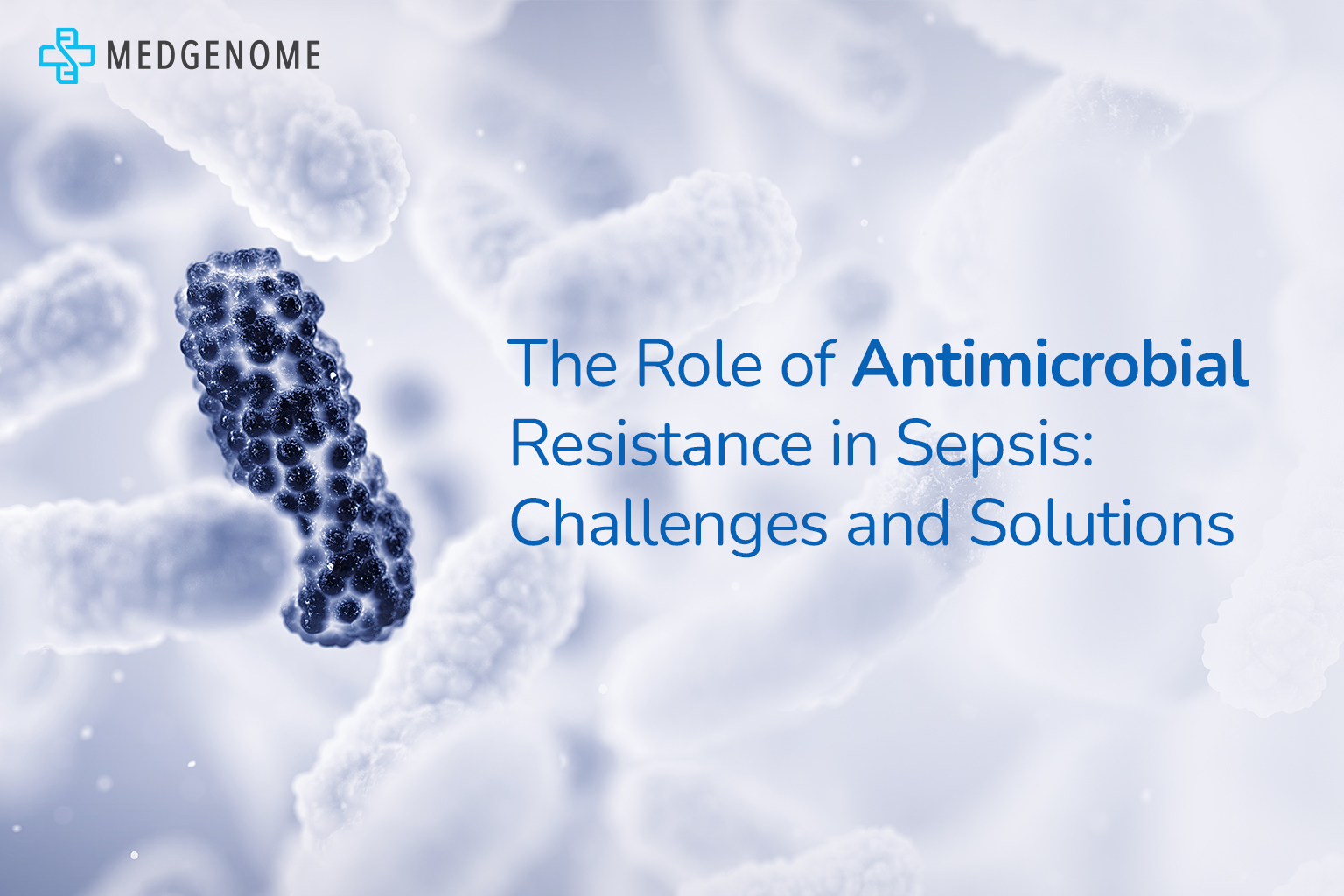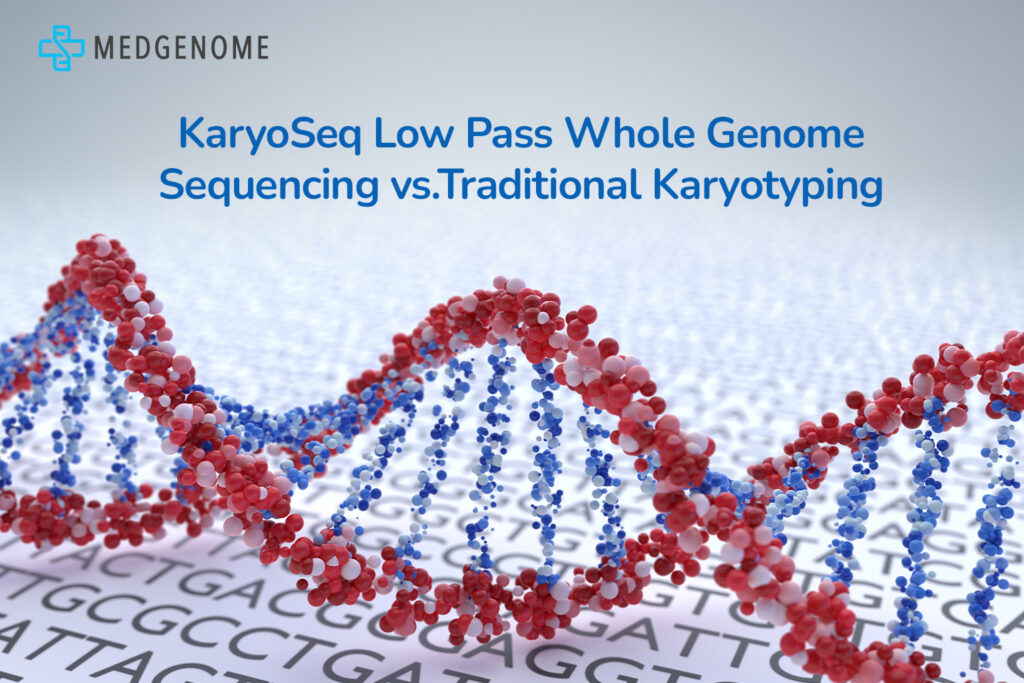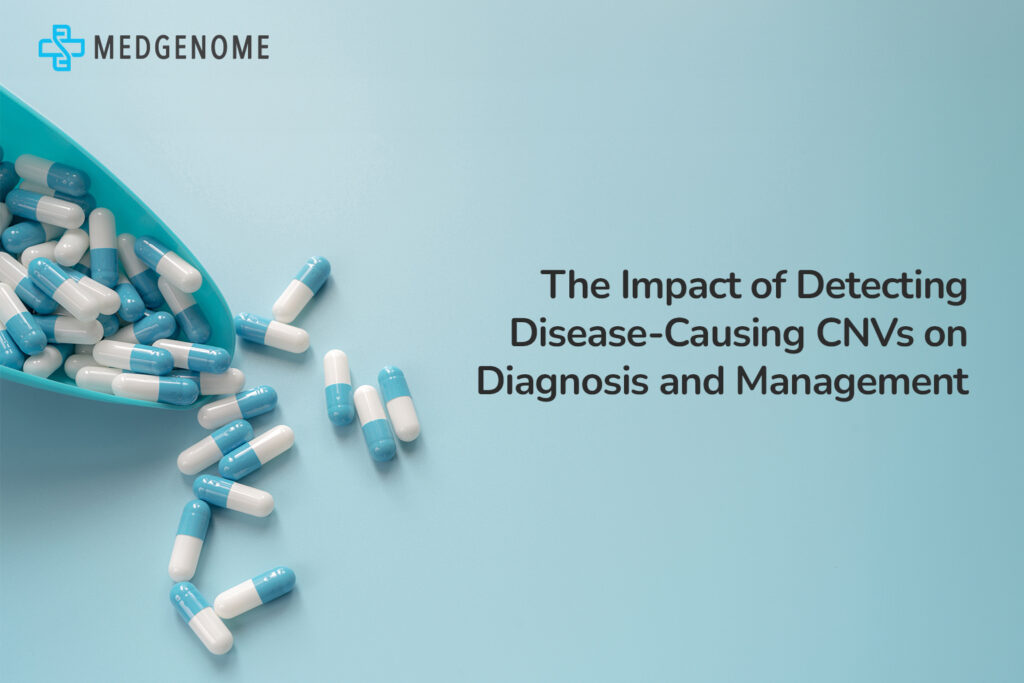Understanding the most common cancers in men can make a significant difference in early diagnosis and which may lead to successful treatment. According to Globocan 2022 data, the five most common cancer sites in men are: lip and oral cavity (15.6%), lung (8.5%), esophagus (6.6%), colorectum (6.3%), and stomach (6.2%).
Let’s take a closer look at these conditions to help you stay ahead in your health journey.
Oral Cavity Cancer
Oral cavity cancer, also known as mouth cancer, is a cancer that forms in the tissues of your mouth. It most often starts in the squamous cells that line the inside of your mouth and lips. It is more common in men than women and usually affects people over 50 years.
The key risk factors for mouth cancer include:
- Tobacco use, including smoking and chewing tobacco
- Excessive alcohol consumption
- HPV Infection, especially HPV-16
- Poor oral hygiene
- Family history of oral cancer
Symptoms
Recognizing the early signs is crucial and regular dental checkup can help. Oral mouth cancer symptoms may include:
- Persistent mouth sores or ulcers that don’t heal.
- A white or red patch on the inside of your mouth or on your tongue.
- Unusual bleeding, pain, or numbness in your mouth.
- Difficulty swallowing or chewing.
- Unexplained lumps or thickening in the mouth or neck.
- Changes in voice or persistent sore throat.
- Jaw swelling.
Lung Cancer
Lung cancer is the 5th leading cause of cancer death worldwide. Men are more likely to be diagnosed with lung cancer overall, however women are diagnosed at younger age. The risk is much higher in people who smoke tobacco or with family history. Lung cancer is often linked to several lifestyle and environmental risk factors, such as:
- Smoking tobacco (cigarettes, cigars, or pipes)
- Secondhand smoke exposure
- Air & particle pollution
- Occupational exposure to carcinogens like asbestos, diesel exhaust and radon gas
- Family history of lung cancer
- History of chest radiation therapy
Lung cancer often doesn’t cause symptoms in the early stages. When symptoms do appear, they may include:
- Persistent cough or change in cough pattern.
- Chest pain that worsens with deep breathing, coughing, or laughing.
- Coughing up blood, even a small amount.
- Shortness of breath and wheezing.
- Unexplained weight loss or loss of appetite.
- Fatigue
- Frequent infections, such as pneumonia.
- Swelling in the face or neck
Oesophagus Cancer
Oesophagus cancer develops in the oesophagus, the muscular tube that connects your throat to your stomach. Key risk factors include:
- Tobacco use (smoking and chewing)
- Excessive alcohol consumption
- Gastroesophageal reflux disease (GERD), a chronic acid reflux condition.
- Barrett’s esophagus, a precancerous condition from chronic GERD.
- Achalasia, a muscle condition affecting swallowing.
- Obesity
- Most common in those over 55 years old.
- History of certain cancers, like head and neck cancers.
Symptoms of oesophagus cancer may be mistaken for other conditions, so awareness is essential:
- Difficulty swallowing or a feeling of food getting stuck in your throat.
- Persistent heartburn or acid regurgitation.
- Unexplained weight loss.
- Chronic cough or hoarseness.
- Chest pain.
- Blood in the stool due to bleeding in the oesophagus.
Colorectal cancer
Colorectal cancer, also known as colon cancer, is a type of cancer that starts in the colon or rectum. Colorectal cancer risk factors include:
- Most cases occur in people aged over 50.
- A strong family history of cancer
- Personal history of inflammatory bowel disease (IBD), such as Crohn’s disease or ulcerative colitis
- Diet high in red and processed meats
- Low-fiber, high-fat diet
- Sedentary lifestyle
Colorectal cancer symptoms can be subtle but include:
- Changes in bowel habits, such as diarrhea or constipation.
- Blood in stool or rectal bleeding.
- Persistent abdominal discomfort or bloating.
- Unexplained fatigue or weight loss.
Stomach Cancer
Stomach cancer, also known as gastric cancer, develops in the tissues of your stomach. Stomach cancer risk factors include:
- Infection with Helicobacter pylori (H. pylori) bacteria
- Certain medical conditions, such as chronic gastritis (inflammation of the stomach lining), peptic ulcers (sores in the stomach lining), GERD with Barrett’s esophagus, and pernicious anemia (vitamin B12 deficiency)
- A diet high in salty and smoked foods
- Family history of stomach cancer
- Smoking
- Previous stomach surgery
- Most cases occur in people over 60.
Stomach cancer symptoms often appear late, so awareness is crucial:
- Persistent stomach pain or discomfort.
- Nausea or vomiting, sometimes with blood.
- Unexplained weight loss.
- Difficulty swallowing or feeling full after eating small amounts.
- Black stools due to bleeding in the stomach
- Swelling in the stomach
How does MedGenome Labs helps in the diagnosis & treatment?
MedGenome Labs provides a broad range of cutting-edge genetic and molecular tests for diagnosis, prognosis & treatment planning as below:
1. Diagnosis
These tests help identify and characterize cancer, providing information essential for accurate diagnosis and initial treatment planning.
- Histopathology: Examines tissue morphology under a microscope to identify cancer type, grade, and structural characteristics. It remains the gold standard for cancer diagnosis, providing detailed information on tumor cell structure, pattern, and tissue of origin.
- Immunohistochemistry (IHC): Detects specific proteins in tissue samples using targeted antibodies, helping to classify tumor types and subtypes. For example:
- ER/PR and HER2 in breast cancer to assess hormone receptor and HER2 status.
- PD-L1 in various cancers to predict suitability for immunotherapy.
- Ki-67 as a marker of cell proliferation, often used to assess tumor aggressiveness.
- CD markers (e.g., CD20, CD3) to classify hematologic cancers like lymphomas.
- Fluorescence In Situ Hybridization (FISH): Detects chromosomal abnormalities and gene amplifications, used in breast cancer (HER2 amplification) and hematologic cancers (e.g., BCR-ABL translocation in chronic myeloid leukemia).
- Polymerase Chain Reaction (PCR): Detects specific genetic mutations or translocations, such as BCR-ABL in leukemia, EGFR mutations in lung cancer, and HPV DNA in cervical cancers.
- Next-Generation Sequencing (NGS) Panels: Broadly analyze multiple cancer-related genes (e.g., EGFR, KRAS, BRAF, ALK, PIK3CA) to identify tumor-specific mutations across various cancers.
- Single Gene Tests: Focus on specific mutations in genes like TP53 (e.g., Li-Fraumeni syndrome), BRCA1/BRCA2 (breast and ovarian cancers), and RET (associated with multiple endocrine neoplasia and thyroid cancer).
2. Prognosis
These tests assess genetic markers or expression profiles that predict disease progression, recurrence, and overall survival, helping to stratify patients by risk level.
- DNA Methylation and Epigenetic Markers: MGMT promoter methylation in glioblastoma indicates likely response to temozolomide, influencing treatment decisions.
- Minimal Residual Disease (MRD) Testing: Detects trace amounts of cancer cells after treatment, often used in leukemia to assess relapse risk.
- Circulating Tumor DNA (ctDNA) and Liquid Biopsy: Provides real-time monitoring of residual disease and recurrence risk across cancers like breast, colorectal, and lung cancers.
3. Treatment Selection
Predictive tests guide therapy choices by identifying patients most likely to benefit from specific drugs, especially targeted therapies and immunotherapies.
- PD-L1 Expression Testing: Quantifies PD-L1 protein levels on tumor cells, guiding the use of checkpoint inhibitors in cancers like lung cancer, melanoma, and bladder cancer.
- EGFR Mutation Testing: Identifies mutations in non-small cell lung cancer to determine eligibility for EGFR inhibitors (e.g., osimertinib).
- BRAF V600 Mutation Testing: Determines the presence of a BRAF mutation in melanoma, colorectal cancer, and others, guiding treatment with BRAF inhibitors like vemurafenib.
- ALK, ROS1, and NTRK Gene Fusions: Found in lung cancer and other cancers, these fusions predict response to targeted inhibitors like crizotinib (ALK and ROS1) and larotrectinib (NTRK).
- HER2 Amplification: Identifies HER2-positive breast and gastric cancers suitable for HER2-targeted therapies (e.g., trastuzumab, pertuzumab).
- Pharmacogenomics: CYP2D6 testing for tamoxifen metabolism in breast cancer, and DPYD/UGT1A1 for assessing toxicity risk in patients on 5-FU or irinotecan chemotherapy.
- MSI (Microsatellite Instability) Testing: Determines mismatch repair deficiencies, particularly for colorectal and endometrial cancers, which may also guide immunotherapy suitability.
- Tumor Mutation Burden (TMB): Assesses the number of mutations in the tumor genome, with higher TMB indicating potentially better response to immunotherapy.
- Comprehensive NGS Panels: Covers more than hundreds of genes, including potential therapeutic targets, mutations, fusions, and biomarkers for immunotherapy response. For advanced cancers where standard treatments have been exhausted, comprehensive genomic profiling can reveal rare mutations or actionable targets.
Hereditary Cancer Panels
- BRCA1/BRCA2: Tests for mutations linked to breast, ovarian, prostate, and pancreatic cancers.
- Lynch Syndrome Panel: Includes MLH1, MSH2, MSH6, PMS2, and EPCAM genes, associated with colorectal, endometrial, ovarian, and other cancers.
- Other High-Risk Genes: TP53 (Li-Fraumeni syndrome), PTEN (Cowden syndrome), and CDH1 (diffuse gastric cancer and lobular breast cancer).
- Comprehensive hereditary Cance panel : Includes ~150 cancer predisposing genes for all types of mutations by NGS including large deletions and duplications by digital MLPA.
Why MedGenome Labs:
- Genes are covered as recommended by guidelines (FDA, NCCN, ASCO, ESMO) across tumor types
- Comprehensive coverage of complete coding regions of all the genes and intron/exon boundaries
- Well validated as per CAP guidelines; CAP accredited tests; Performed 100% in biannual proficiency testing conducted by CAP
- High throughput Illumina’s sophisticated NGS sequencing platforms
- Fusions and splice variants assessed via RNA analysis; sensitivity more than DNA
- analysis
- Global standards for the best laboratory practices followed
How to Reduce the cancer Risk:
- Avoid Smoking
- Maitain a healthy weight
- Eat Well
- Be active
- Limit alcohol consumption
- Protect your screen with sunscreen and other protective clothing
- Get vaccinated against HPV and other cancer related viruses
- Get regular screenings
- Eat whole grains
- Protect yourself from sexually transmitted infections
Conclusion
Understanding the risks and symptoms, of these common male cancers can empower you to take proactive steps in your health. Regular check-ups, a healthy lifestyle, and being aware of the symptoms can make a world of difference. Early detection is key to better outcomes. Stay informed, stay healthy, and take action today.
For more information regarding tests, please write to MedGenome labs at diagnositcs@medgenome.com, for any technical or test related queries, please write to techsupport@medgenome.com or call 1800 296 9696





 Enquire
Now
Enquire
Now